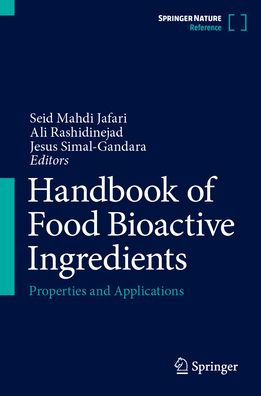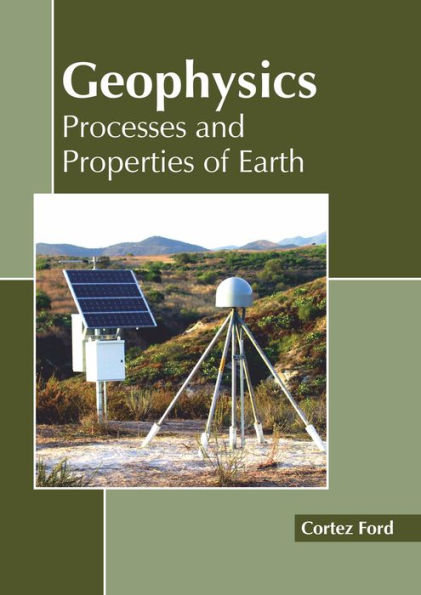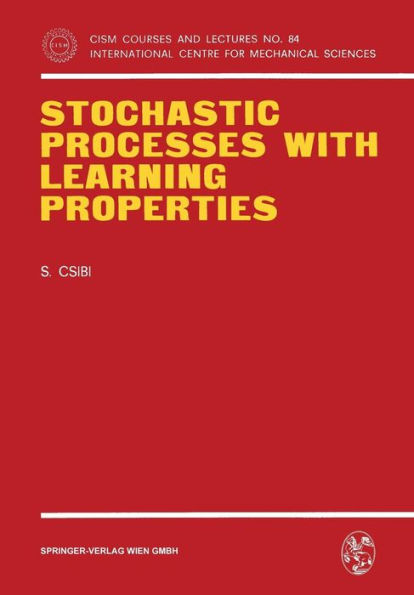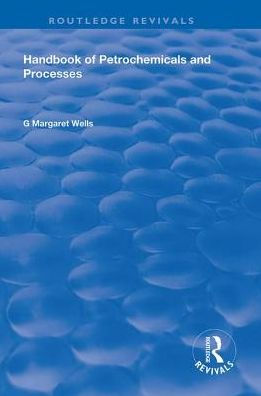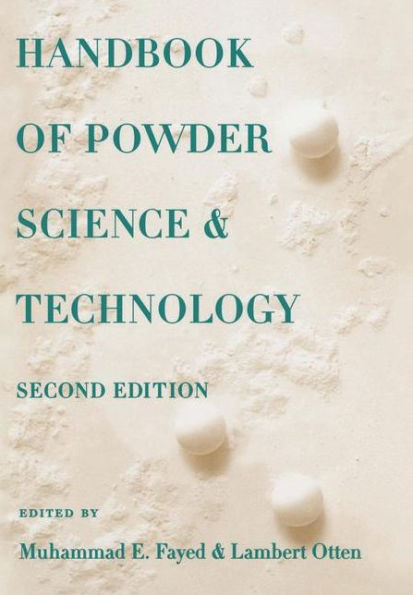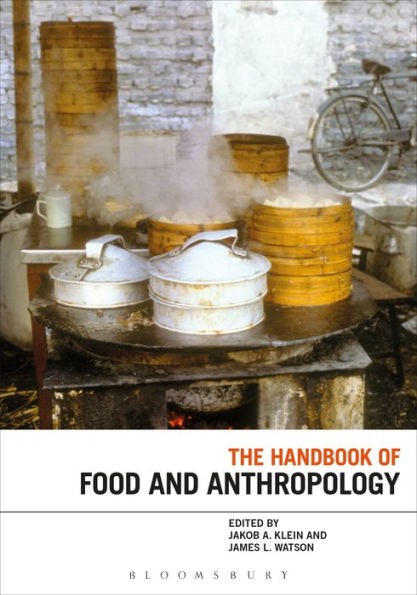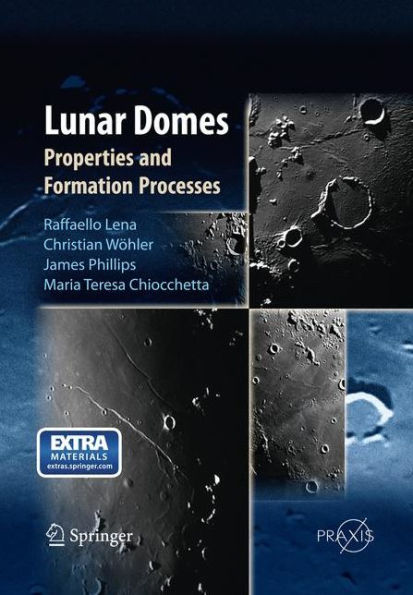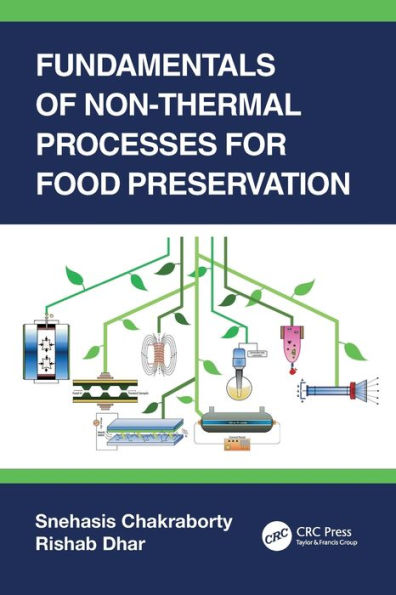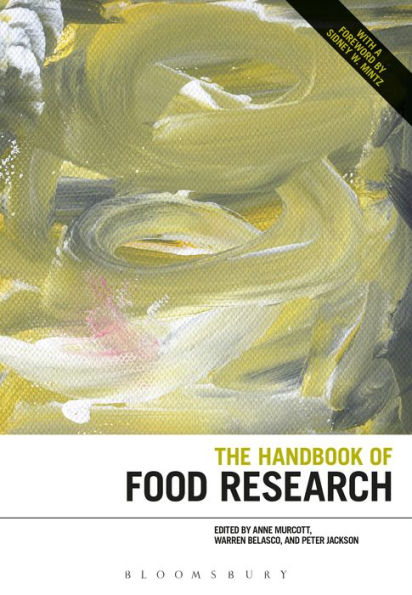Home
Handbook of Food Powders: Processes and Properties
Barnes and Noble
Handbook of Food Powders: Processes and Properties
Current price: $275.00
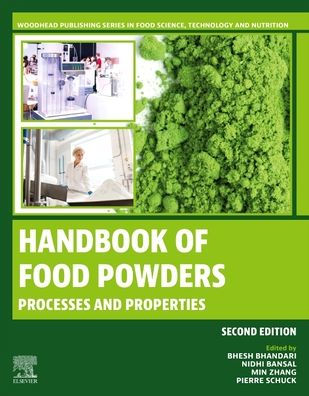

Barnes and Noble
Handbook of Food Powders: Processes and Properties
Current price: $275.00
Size: Paperback
Loading Inventory...
*Product information may vary - to confirm product availability, pricing, shipping and return information please contact Barnes and Noble
Handbook of Food Powders: Chemistry and Technology, Second Edition
covers current developments in food powder technology, such as Microbial decontamination of food powders, Gas and oil encapsulated powders, and Plant-based protein powders among other important topics. Sections introduce processing and handling technologies for food powders, focus on powder properties, including surface composition, rehydration and techniques to analyze the particle size of food powders, and highlight specialty food powders such as dairy powders, fruit and vegetable powders and coating foods with powders.
Edited by a team of international experts in the field, this book continues to be the only quality reference on food powder technology available for the audiences of professionals in the food powder production and handling industries. It is also ideal for development and quality control professionals in the food industry who use powders in foods, and for researchers, scientists and academics interested in the field.
covers current developments in food powder technology, such as Microbial decontamination of food powders, Gas and oil encapsulated powders, and Plant-based protein powders among other important topics. Sections introduce processing and handling technologies for food powders, focus on powder properties, including surface composition, rehydration and techniques to analyze the particle size of food powders, and highlight specialty food powders such as dairy powders, fruit and vegetable powders and coating foods with powders.
Edited by a team of international experts in the field, this book continues to be the only quality reference on food powder technology available for the audiences of professionals in the food powder production and handling industries. It is also ideal for development and quality control professionals in the food industry who use powders in foods, and for researchers, scientists and academics interested in the field.
